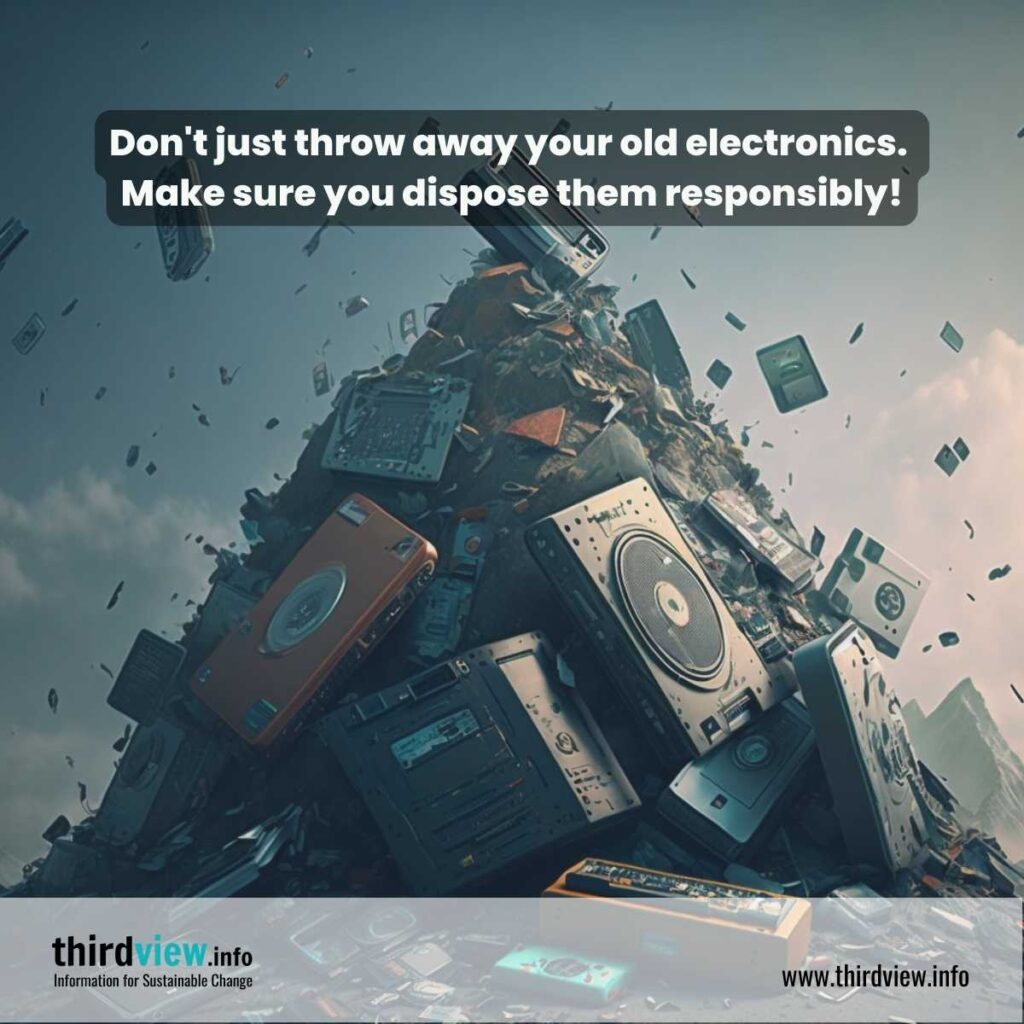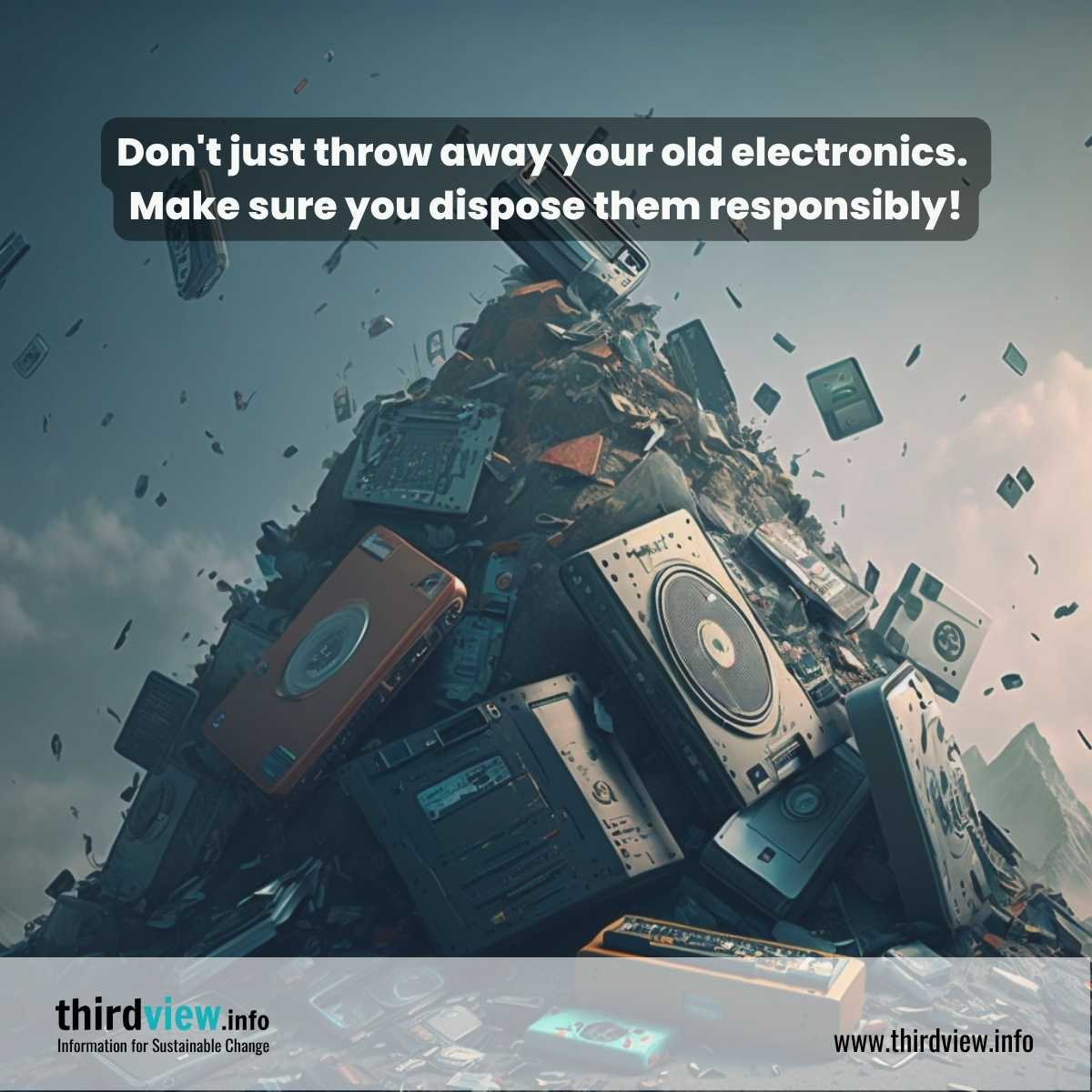Electronic waste (e-waste) is one of the fastest-growing forms of waste in the world. It’s estimated that over 50 million metric tons are generated each year, with only 20% recycled properly. According to a United Nations report, the annual value of global e-waste exceeds $62.5 billion, more than the GDP of most countries.
E-waste includes anything with a circuit board or battery—from TVs and computers to cell phones, refrigerators, and microwaves. As technology advances rapidly and more people upgrade their devices, more e-waste is created, and it can have a significant environmental impact if not disposed of correctly. So, what can you do to help? Let’s explore the issue further and look at ways to reduce your e-waste footprint.
The Environmental Impact of E-Waste
E-waste contains hazardous materials such as lead, mercury, arsenic, and cadmium which can be released into the environment when not disposed of properly. These toxins can leach into groundwater or be released into the air causing air pollution. In addition to this, unprocessed e-waste can end up in landfills where it takes up valuable space and releases toxic chemicals into the soil which can then contaminate groundwater supplies. This has an especially damaging effect on low-income communities which often don’t have access to clean drinking water or safe disposal methods for their electronic waste. It’s essential that we all take steps towards reducing our e-waste footprint.
How To Dispose of Electronics Responsibly
The first step towards responsible disposal is prevention which means upgrading your devices less frequently and avoiding impulse buying altogether. If you do need to get rid of an old device there are a few things you can do:
Firstly, check with your local government if they offer any collection programs for recycling electronics – many cities have them nowadays so take advantage if this is available!
Secondly, look into donating your device either directly to a charity or via donation programs like HopeLine from Verizon which collects used phones and donates them to victims of domestic violence in need.
Lastly, make sure you erase all data from your device before handing it over by using a secure data-erasing program like DBAN or Eraser Pro – these will ensure that no personal data remains on your device after disposal.
If you do choose to throw away your e-waste instead of recycling it properly, be sure not to mix it with regular trash; instead, look for special collection days hosted by your local government when they collect e-waste separately from regular trash.
E-waste poses a serious threat to our environment, yet most people don’t stop to consider how they are disposing of their electronics when an upgrade comes along. Taking simple steps like researching government collection programs or opting for a donation rather than throwing away your old devices can make a huge difference in reducing our global e-waste problem—so let’s all work together towards responsible disposal!


